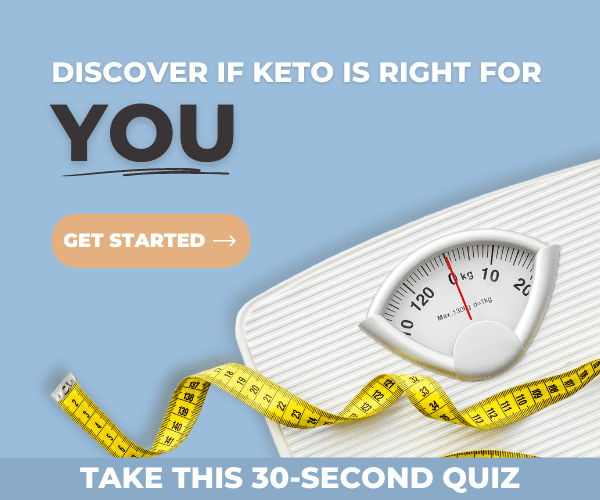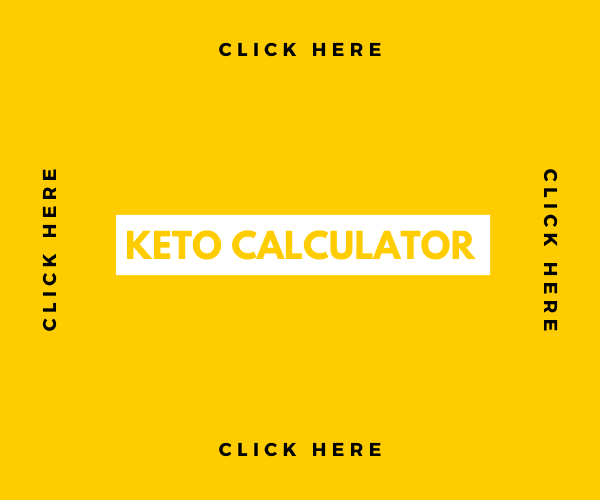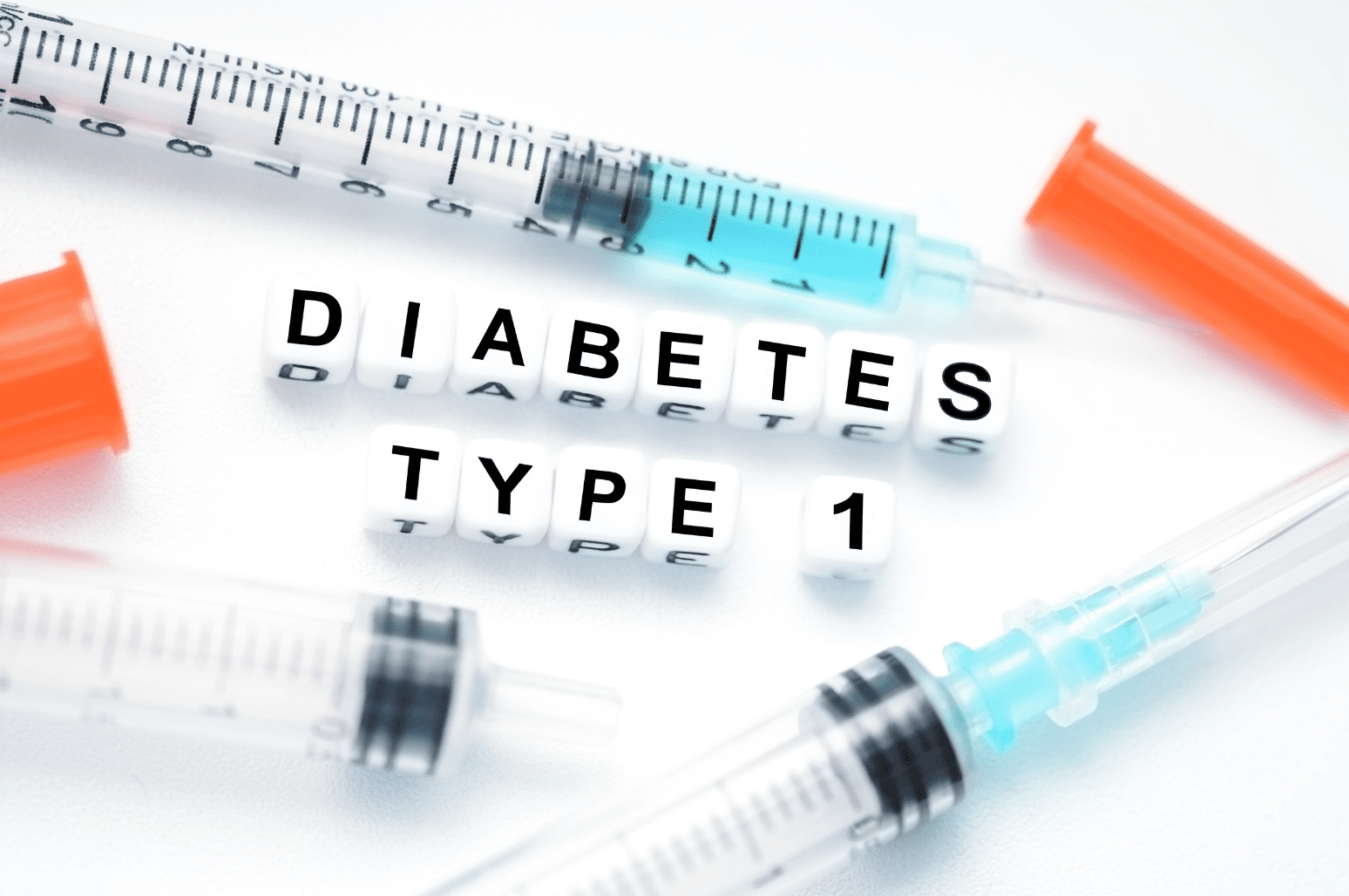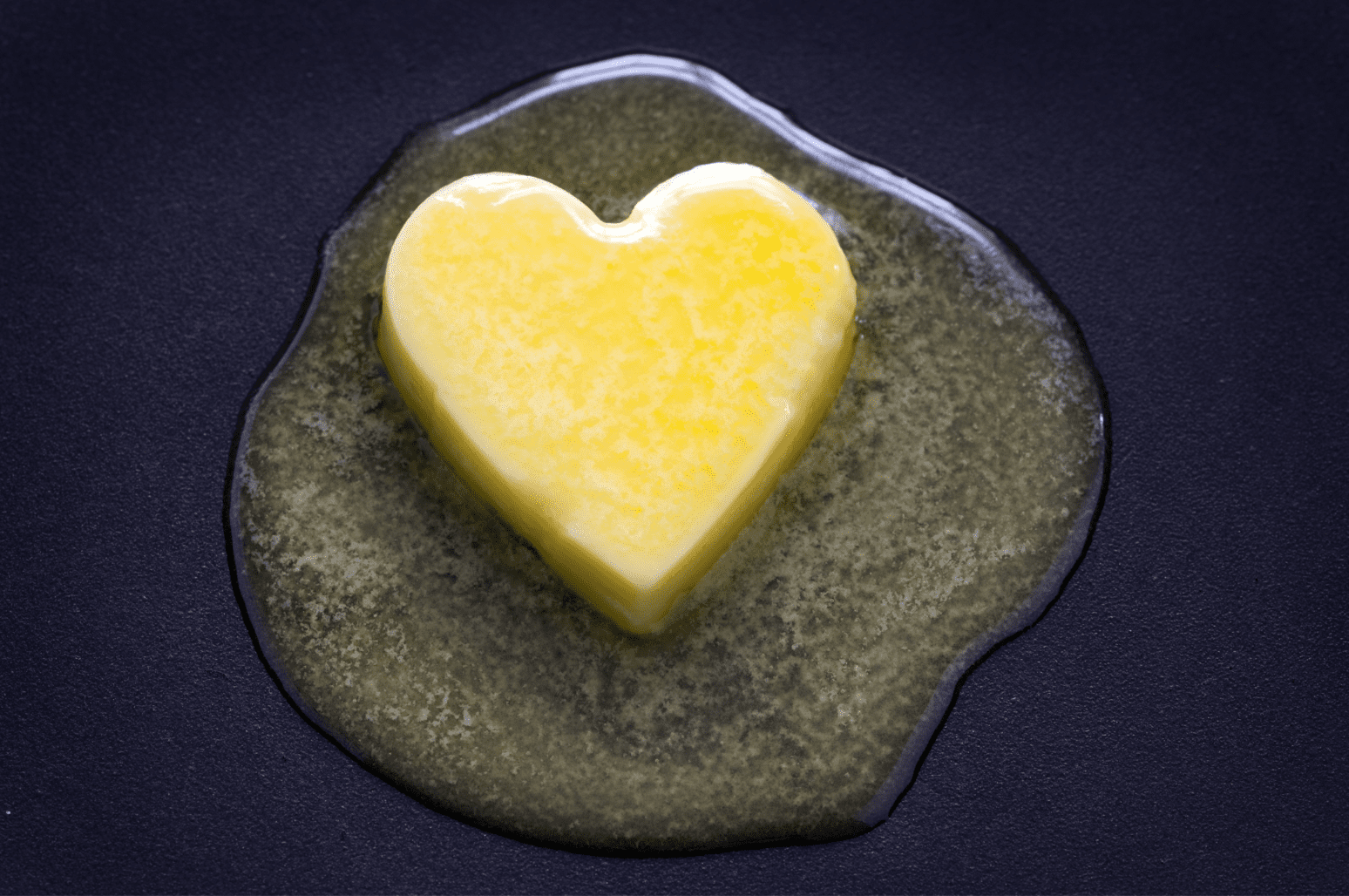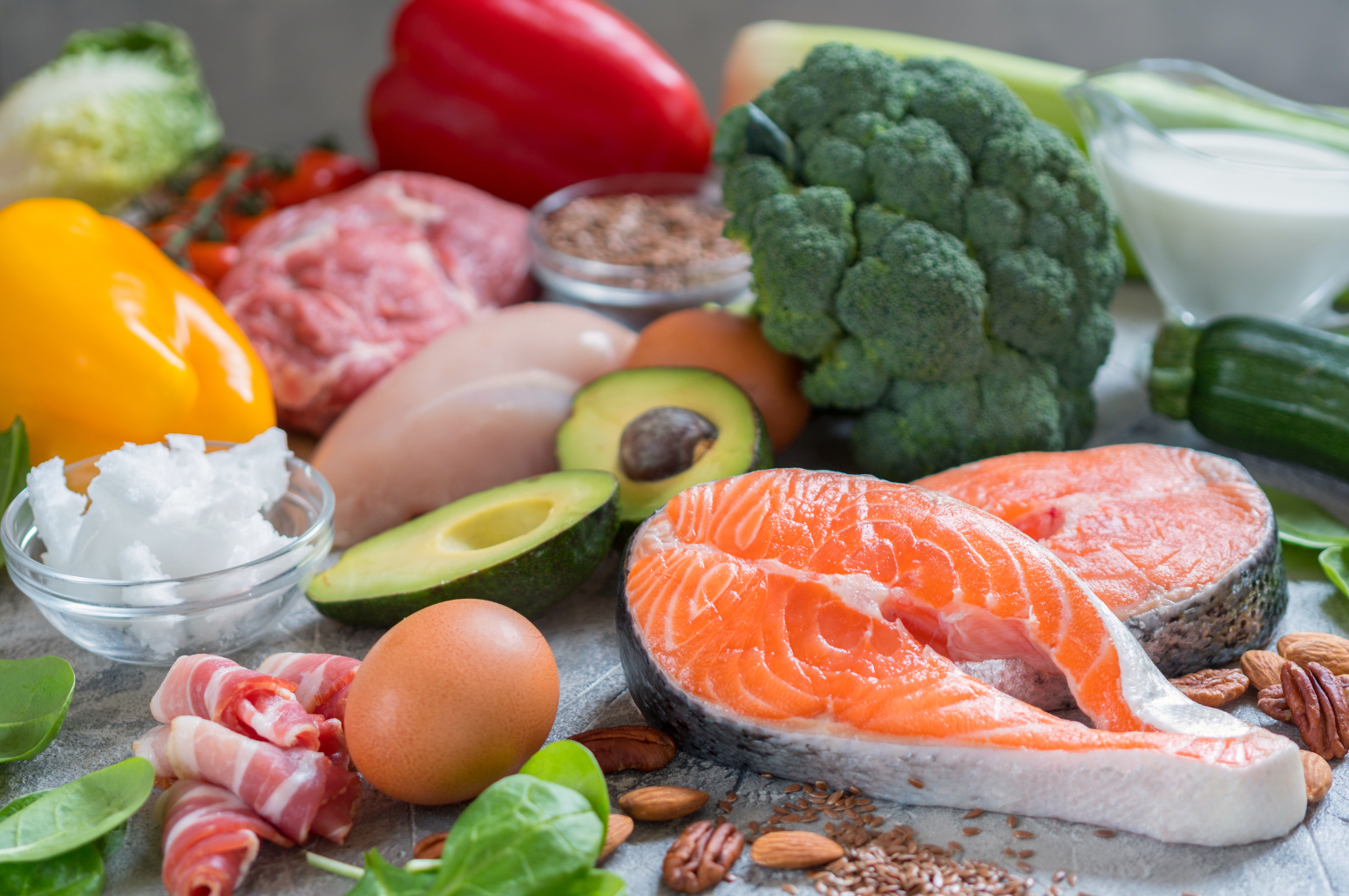Antioxidants: What Are They and What Are the Top Keto Sources?
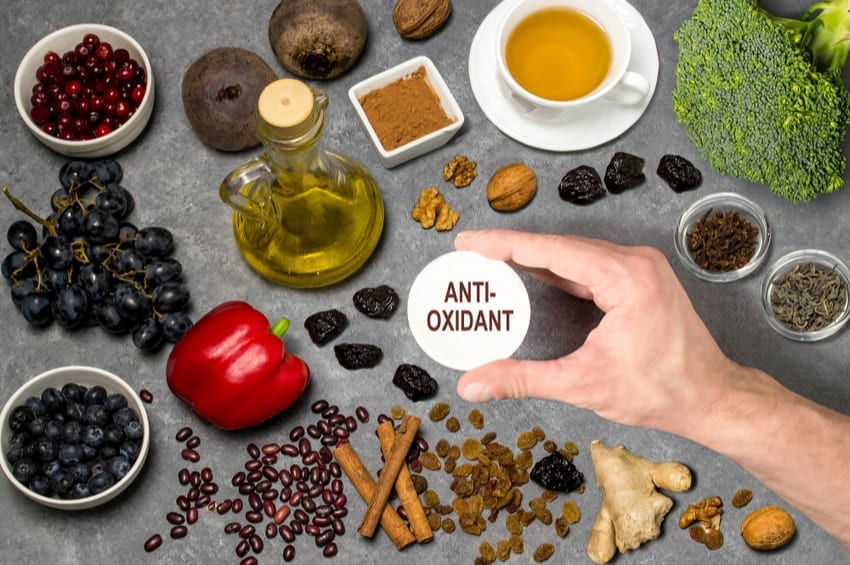
There’s definitely a buzz about antioxidants in the health world. Perusing your local grocery store, you might see the word ‘antioxidant’ on various product labels or produce signs. So, what are these protective molecules, and what are the health benefits? Where can you source the best keto-friendly foods high in antioxidants?
What are Antioxidants?
Antioxidants are molecules that help fight free radicals in your body — compounds that can be harmful to your health if your levels are too high. Free radicals are associated with several illnesses, such as heart disease, cancer, and diabetes.
Your body has natural antioxidant defenses like glutathione that are produced in your cells to neutralize free radicals. In addition, you can find antioxidants in animal and plant foods, particularly fruits and vegetables.
Several vitamins, such as vitamins C and E, are also effective antioxidants. Other antioxidants include selenium, lycopene, and lutein. Antioxidants are also used as preservatives and can increase shelf life for food manufacturers.
Antioxidants can be categorized as fat-soluble or water-soluble. Fat-soluble antioxidants perform their actions primarily in cell membranes, whereas water-soluble antioxidants act in the fluid inside and outside your cells. [1] [2].
Your body is constantly forming free radicals, and without antioxidants, free radicals would quickly cause harm, and eventually result in fatality. That being said, free radicals also serve important functions in your body that are integral to health, for example, free radicals help your immune system fight infection. Your body needs to maintain a healthy balance of free radicals and antioxidants [3] [4] [5].
Some antioxidants have other functions, such as the curcuminoids in turmeric that also has anti-inflammatory activity. Many people with an autoimmune disease dealing with excess systemic inflammation in the body use turmeric to lower inflammation and the pain caused by that inflammation [6].
It’s important to note that excessive intake of isolated antioxidants can be toxic and might actually be counteractive and promote rather than prevent oxidative damage. This is called the ‘antioxidant paradox’. Consuming plenty of natural keto-friendly whole foods that are high in antioxidants is a better idea. Studies indicate that foods reduce oxidative damage more than supplements.
Vitamin and antioxidant supplementation can be pivotal in many cases, particularly for those with oxidative damage, high amounts of free radicals, and biotoxin illness [7].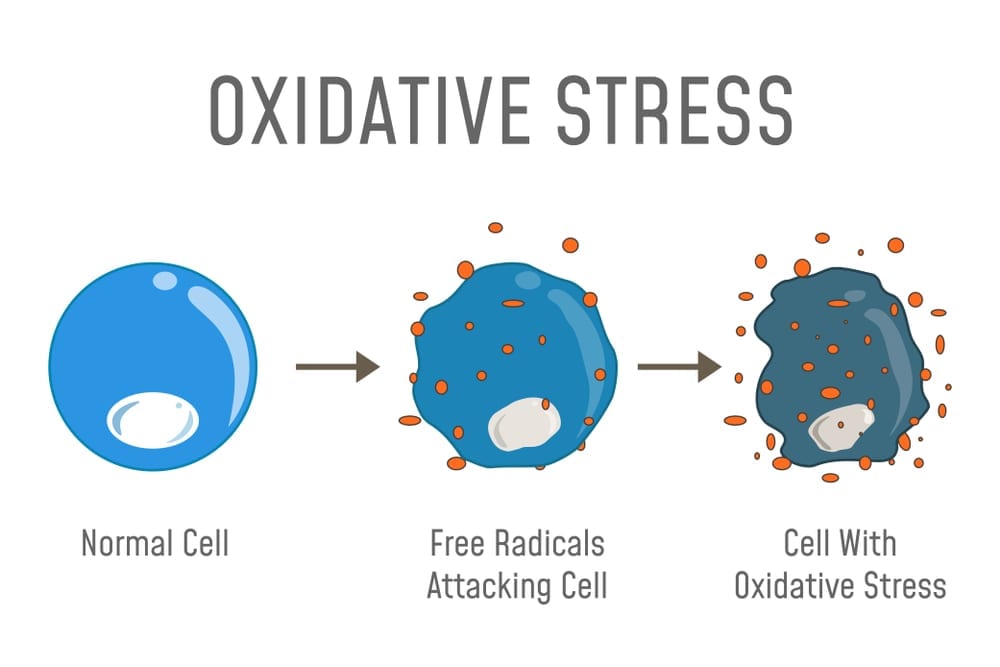
What are the Health Benefits of Antioxidants?
When you have too many free radicals and not enough antioxidants, it can lead to a state called oxidative stress. Free radicals are highly reactive and unstable. Over time, oxidative stress can damage your DNA and other molecules in your body, heightening your risk of cancer. Many scientists also believe this is heavily involved with the aging process [8] [9].
Certain lifestyle and environmental factors can promote the excessive free radical formation and oxidative stress in the body, such as:
- Cigarette smoke
- Alcohol intake
- Environmental toxins and air pollution (such as mold in water-damaged buildings and industrial waste)
- High blood sugar levels [10] [11].
- Radiation
- Fungal, bacterial, or viral infections
- Excessive intake of certain nutrients, such as zinc or copper
- Too little or too much oxygen in your body [12]
- Antioxidant deficiency [13]
- Excessive intake of antioxidants like vitamin E
- Intense and prolonged exercise, which can cause tissue damage [14]
Animals, plants, and all other life forms have their own defenses against free radicals and oxidative damage. Sufficient intake of antioxidants is important, and your life depends on the intake of certain antioxidants, such as vitamins E and C.
You can also find other non-essential antioxidants in food that can help you optimize your health. Many of the health benefits of plant foods are largely attributed to antioxidants. Antioxidants can prevent or slow cell damage [15].
What are the Best Keto-Friendly Antioxidant-Rich Foods?
To increase the antioxidants in your body, you can try to avoid the factors that promote free radical production and lead to oxidative stress. Additionally, you can increase glutathione production in your body in several ways, such as getting enough sleep and appropriate regular exercise. Other options include glutathione IV or supplements.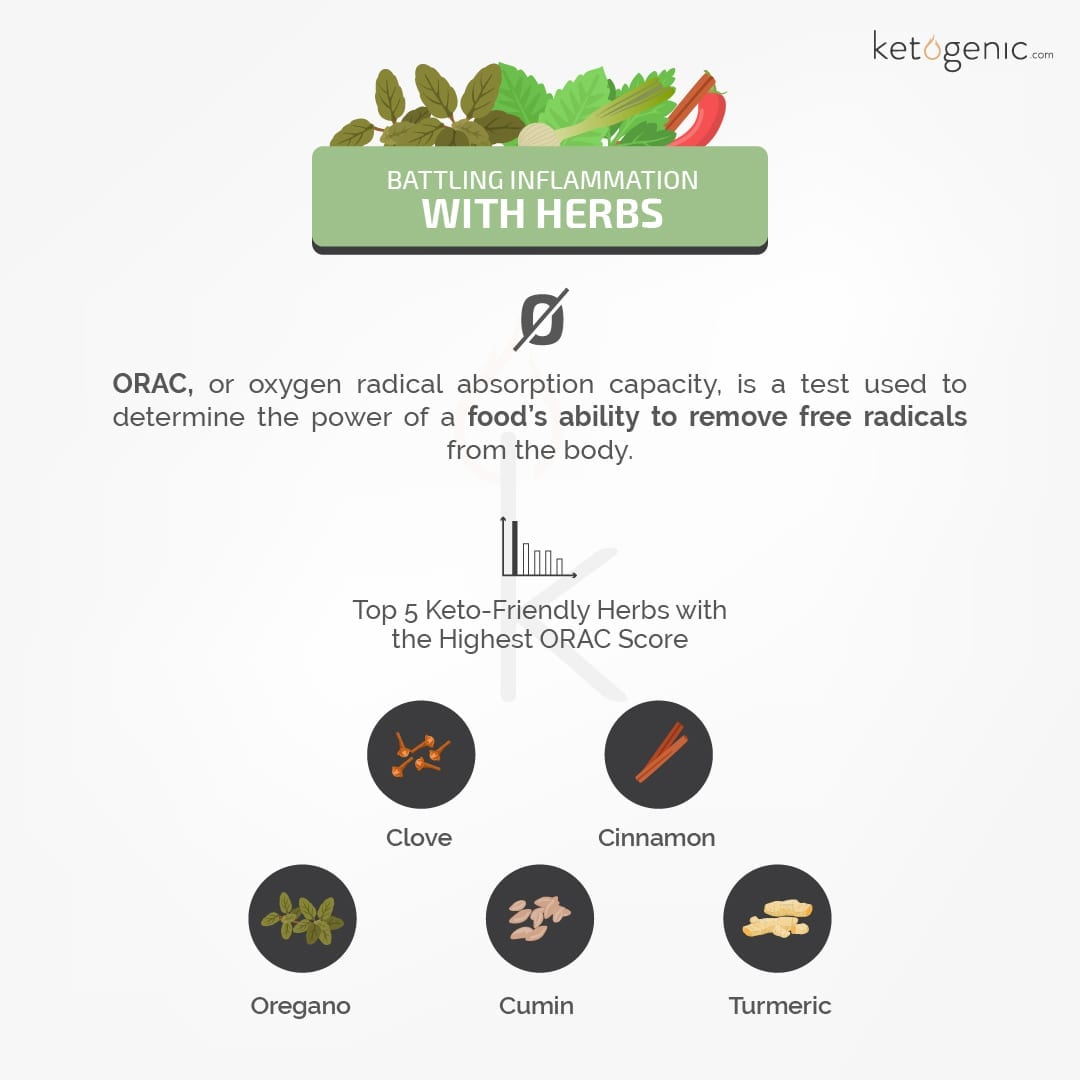 In addition to meats and fish, here are some of the best keto-approved antioxidant-rich foods:
In addition to meats and fish, here are some of the best keto-approved antioxidant-rich foods:
- Green tea
- Berries
- Pecans
- Blueberries
- Strawberries
- Artichokes
- Raspberries
- Kale
- Red Cabbage
- Spinach
- Dark chocolate (unsweetened or sweetened with a keto-compliant sweetener) [16] [17]
Blueberries are a hit in the health world because they’re low in calories, keto-friendly in moderation, and packed with antioxidants and nutrients. Studies show blueberries contain the most antioxidants compared to all commonly consumed vegetables and fruits. 3.5 ounces (100 grams) of blueberries has up to 9.2 mmol of antioxidants [18] [19].
Some studies highlight coffee as the single biggest source of antioxidants in the Western diet, but this could be skewed by the fact that the average individual doesn’t consume many antioxidant-rich foods [20] [21].
Fruits and vegetables typically contain more antioxidants than fish and meat products [22] [23].
What are Your Favorite Keto-Friendly Antioxidant-Rich Foods?
Are you getting enough antioxidants in your diet? Share your favorite antioxidant-rich recipes with the keto community! Follow us on Instagram for top keto tips and recipes.
References
United States National Library of Medicine. Antioxidants,
Wang, X., Ouyang, Y. Y., Liu, J., & Zhao, G. (2014). Flavonoid intake and risk of CVD: A systematic review and meta-analysis of prospective cohort studies. British Journal of Nutrition, 111(1), 1-11. DOI:
Rahal, A., Kumar, A., Singh, V., Yadav, B., Tiwari, R., Chakraborty, S., & Dhama, K. (2014). Oxidative stress, prooxidants, and antioxidants: The interplay.Biomed Research International,
Hampton, M. B., Kettle, A. J., & Winterbourn, C. C. (1998). Inside the neutrophil phagosome: Oxidants, myeloperoxidase, and bacterial killing. Blood, 92(9), 3007-3017.
Karre, L., Lopez, K., & Getty, K. J. K. (2013). Natural antioxidants in meat and poultry products.Meat Science, 94(2), 220-227.
Nagpal, M., & Sood, S. (2013). Role of curcumin in systemic and oral health: An overview. Journal of Natural Science, Biology, and Medicine, 4(1), 3-7.
Halliwell, B. (2000). The antioxidant paradox. Lancet, 355(9210), 1179-1180.
Singh, A. K., Pandey, P., Tewari, M., Pandey, H. P., Gambhir, I. S., & Shukla, H. S. (2016). Free radicals hasten head and neck cancer risk: A study of total oxidant, total antioxidant, DNA damage, and histological grade. Journal of Postgraduate Medicine, 62(2), 96-101.
Liguori, I., Russo, G., Curcio, F., Bulli, G., Aran, L., Della-Morte, D., Gargiulo, G., Testa, G., Cacciatore, F., Bonaduce, D., & Abete, P. (2018). Oxidative stress, aging, and diseases. Clinical Interventions in Aging, 13, 757-772.
Wright, Jr, E., Scism-Bacon, J. L. & Glass, L. C. (2006). Oxidative stress in type 2 diabetes: The role of fasting and postprandial glycaemia. International Journal of Clinical Practice. 60(3), 308-314.
Marfella, R., Quagliaro, L., Nappo, F., Ceriello, A., & Giugliano, D. (2001). Acute hyperglycemia induces an oxidative stress in healthy subjects. Journal of Clinical Investigation, 108(4), 635-636.
Liu, Y., Fiskum, G., & Schubert, D. (2002). Generation of reactive oxygen species by the mitochondrial electron transport chain. Journal of Neurochemistry, 80(5), 780-787.
Brown, L. A. S., Harris, F. L., & Jones, D. P. (1997).Ascorbate deficiency and oxidative stress in the alveolar type II cell.American Journal of Physiology, Lung Cellular and Molecular Physiology,
Powers, S. K., & Jackson, M. J. (2008). Exercise-induced oxidative stress: Cellular mechanisms and impact on muscle force production. Physiology Reviews, 88(4), 1243-1276.
Dragsted, L. O., Pedersen, A., Hermetter, A., Basu, S., Hansen, M., Haren, G. R., Kall, M., Breinholt, V., Castenmiller, J. J. M., Stagsted, J., Jakobsen, J., Skibsted, L., Rasmussen, S. E., Loft, S., & Sanstrom, B. (2004). The 6-a-day study: Effects of fruit and vegetables on markers of oxidative stress and antioxidative defense in healthy nonsmokers. American Journal of Clinical Nutrition, 79(6), 1060-1072.
Pizzorno, J. (2014).Glutathione.Integrative Medicine: A Clinician’s Journal, 13(1), 8-12.
Carlsen, M. H., Halvorsen, B. L., Holte, K., Bohn, S. K., Dragland, S., Sampson, L., Willey, C., Senoo, H., Umezono, Y., Sanada, C., Barikmo, I., Berhe, N., Willett, W. C., Phillips, K. M., Jacobs Jr, D. R., & Blomhoff, R. (2010). The total antioxidant content of more than 3100 foods, beverages, spices, herbs and supplements used worldwide.Nutrition Journal,
Prior, R. L., & Cao, G. (2000). Analysis of botanicals and dietary supplements for antioxidant capacity: A review. Journal of AOAC International, 83(4), 950-956.
Wolfe, K. L., Kang, X., He, X., Dong, M., Zhang, Q., & Liu, R. H. (2008). Cellular antioxidant activity of common fruits.Journal of Agricultural Food Chemistry, 56(18), 8418-8426.
Svilaas, A., Sakhi, A. K., Andersen, L. F., Svilaas, T., Strom, E. C., Jacobs Jr, D. R., Ose, L., & Blomhoff, R. (2004).Intakes of antioxidants in coffee, wine, and vegetables are correlated with plasma carotenoids in humans. Journal of Nutrition, 134(3), 562-567.
Pulido, R., Hernandez-Garcia, M., & Saura-Calixto, F. (2003). Contribution of beverages to the intake of lipophilic and hydrophilic antioxidants in the Spanish diet.European Journal of Clinical Nutrition, 57(10), 1275-1282.
Serpen, A., Gokmen, V., & Fogliano, V. (2012). Total antioxidant capacities of raw and cooked meats.Meat Science, 90(1), 60-65.
Najafian, L., & Babji, A. S. (2012). A review of fish-derived antioxidant and antimicrobial peptides: Their production, assessment, and applications. Peptides, 33(1), 178-185.

